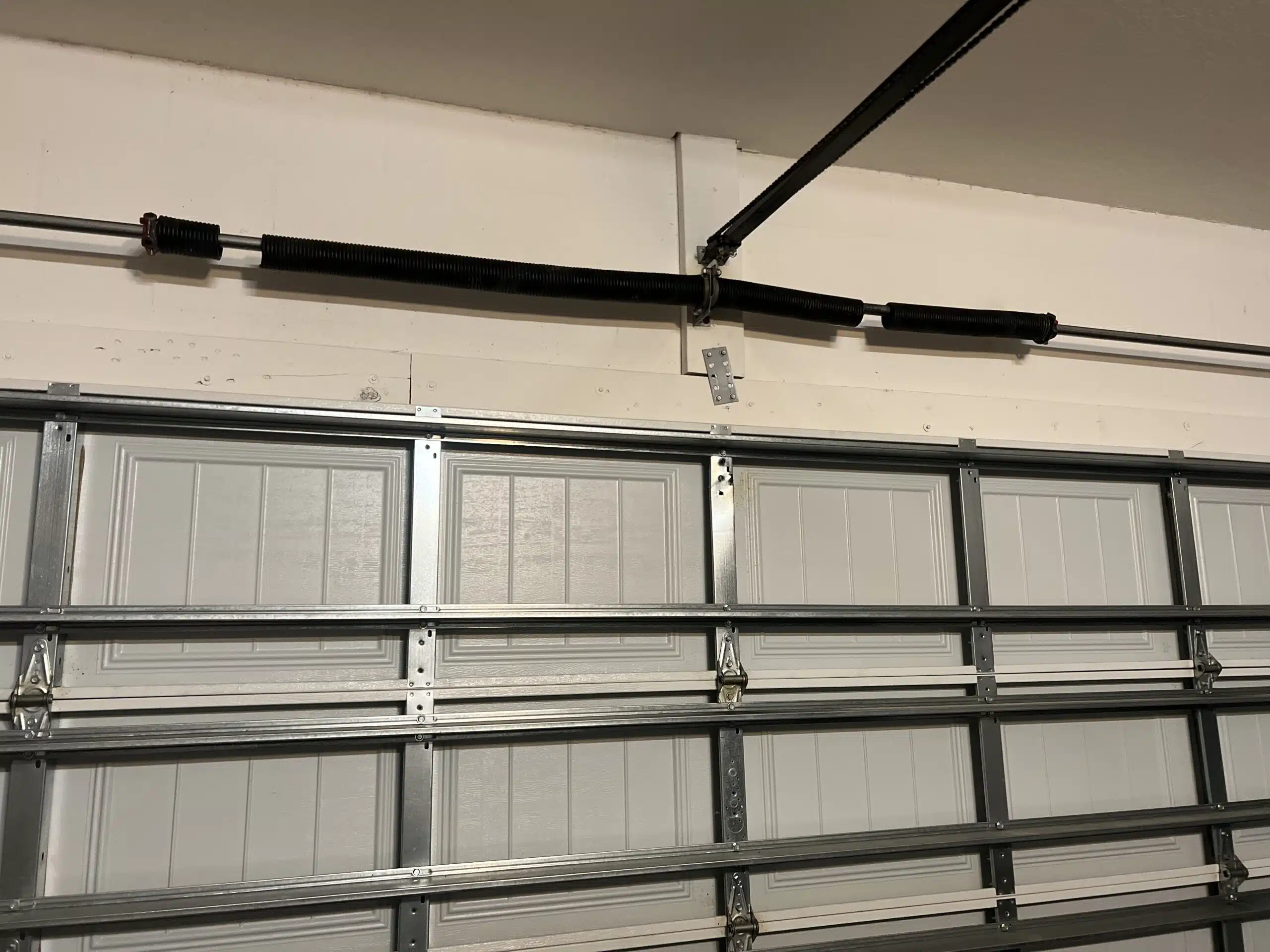Typical Garage Door Issues and Just How to Deal with Them
Garage doors are important for both safety and comfort, yet they commonly offer a selection of usual issues that can frustrate homeowners. While some problems may show up simple to fix, others may need a much more nuanced understanding of garage door auto mechanics.
Noisy Garage Door Operation
A noisy garage door procedure can be a substantial resource of nuisance for property owners, frequently indicating underlying mechanical issues. Such disturbances might come from numerous reasons, including worn-out rollers, loosened equipment, or insufficient lubrication. Identifying the source of the sound is vital for reliable resolution.
One typical root cause of extreme noise is the existence of rusty or damaged rollers. Gradually, these components can deteriorate, resulting in grinding or squeaking noises as the door steps. Routine inspection and replacement of these rollers can considerably minimize noise degrees. Additionally, loose bolts or screws in the door system can create rattling noises throughout operation. Tightening up these bolts guarantees an extra stable and quieter activity.
Another contributing aspect is inadequate lubrication of the door's moving components. Using a top notch lubricant to the tracks, springs, and rollers can considerably diminish friction and noise. Home owners ought to do this upkeep periodically to preserve ideal efficiency.
Last but not least, the garage door opener may likewise create sound as a result of its age or mechanical issues. If the noise continues in spite of addressing other elements, getting in touch with a professional for a complete examination and potential repair might be essential.
Door Will Not Open or Close
Experiencing a garage door that will not open or close can be incredibly irritating and commonly signifies a breakdown within the system. Numerous variables can add to this issue, and recognizing the source is important for reliable resolution.

Following, examine the security sensing units situated at the base of the door. These sensing units can come to be misaligned or obstructed by debris, avoiding the door from operating appropriately. Clean the sensing units with a soft cloth and guarantee they are lined up.
Furthermore, the garage door's internal parts need to be examined. Issues such as a broken spring, worn-out rollers, or a damaged opener can impede movement. If any elements seem harmed, it may be a good idea to seek advice from an expert for repairs.
Misaligned Tracks
(Quick Solutions)Misaligned tracks can seriously disrupt the smooth procedure of a garage door, leading to functional failings such as irregular movement or complete immobilization. This problem normally emerges due to a range of elements, including wear and tear, unintended effects, or incorrect installation. When the tracks are misaligned, the rollers can not move freely, which not only strains the electric motor yet likewise poses safety risks.
If you discover any kind of discrepancies, it is essential to address the concern quickly. Carefully touch the track back into its right position making use of a rubber mallet or a comparable tool, guaranteeing it is straight and degree.
Routine upkeep, including cleaning up the tracks and making certain rollers are in good condition, can stop future imbalances. By addressing misaligned tracks quickly, you can recover the capability of your garage door and enhance its longevity.
Broken Springs
Amongst the various parts of a garage door system, broken springtimes are one of the most typical concerns that can significantly hinder its performance. Garage door springtimes are critical for balancing the weight of the door, allowing for smooth opening and closing. When a spring breaks, it can result in a door that is tough to run or, in some instances, entirely unusable.
There are 2 major kinds of springtimes: torsion springtimes, which are placed over the door, and expansion springtimes, located on either side. Indicators of a busted springtime consist of a door that will not open up, a noticeable space in the spring, or a loud sound during operation. Trying to run a garage door with a busted spring can create more damages to the door or the opener.
Fixing damaged springs is not a DIY job; it needs specialized tools and expertise due to the high stress entailed. It is suggested to consult a professional technician that can securely change the springs and guarantee the door is properly balanced. Regular maintenance and inspections can help protect against springtime failings and prolong the life expectancy of the garage door system.
Remote Control Issues

The initial step is to examine the batteries in the remote control. Replace them if they are weak or dead. If the remote still fails to operate, examine the garage door opener to make certain that its sensing units are tidy and unhampered. Dust, debris, or misalignment may impede the signal transmission in between the remote and the opener.
Disturbance from various other digital tools can also look at here now hamper remote functionality. Guarantee that neighboring tools, such as cordless routers or cordless phones, are not causing interruptions. garage door service. If interference is presumed, attempt moving these tools better away from the garage door opener
Sometimes, the remote may require to be reprogrammed. Get in touch with the maker's standards to reset the push-button control and synchronize it with the garage door opener. If all else fails and the remote proceeds to malfunction, think about getting in touch with an expert service technician for a complete evaluation and possible replacement of the remote or opener.
Conclusion
(Value for Money)In summary, typical garage door issues can significantly impact capability and safety. Addressing noisy procedure entails lubrication and tightening up hardware, while concerns with opening or closing call for inspection of power sources and sensing units. Misaligned tracks can be treated through adjustment, although damaged springtimes demand specialist treatment. Remote control malfunctions normally emerge from weak batteries or disturbance, which can be resolved through replacement or reprogramming. Positive maintenance and timely repair services can make certain optimum efficiency and long life of garage doors.